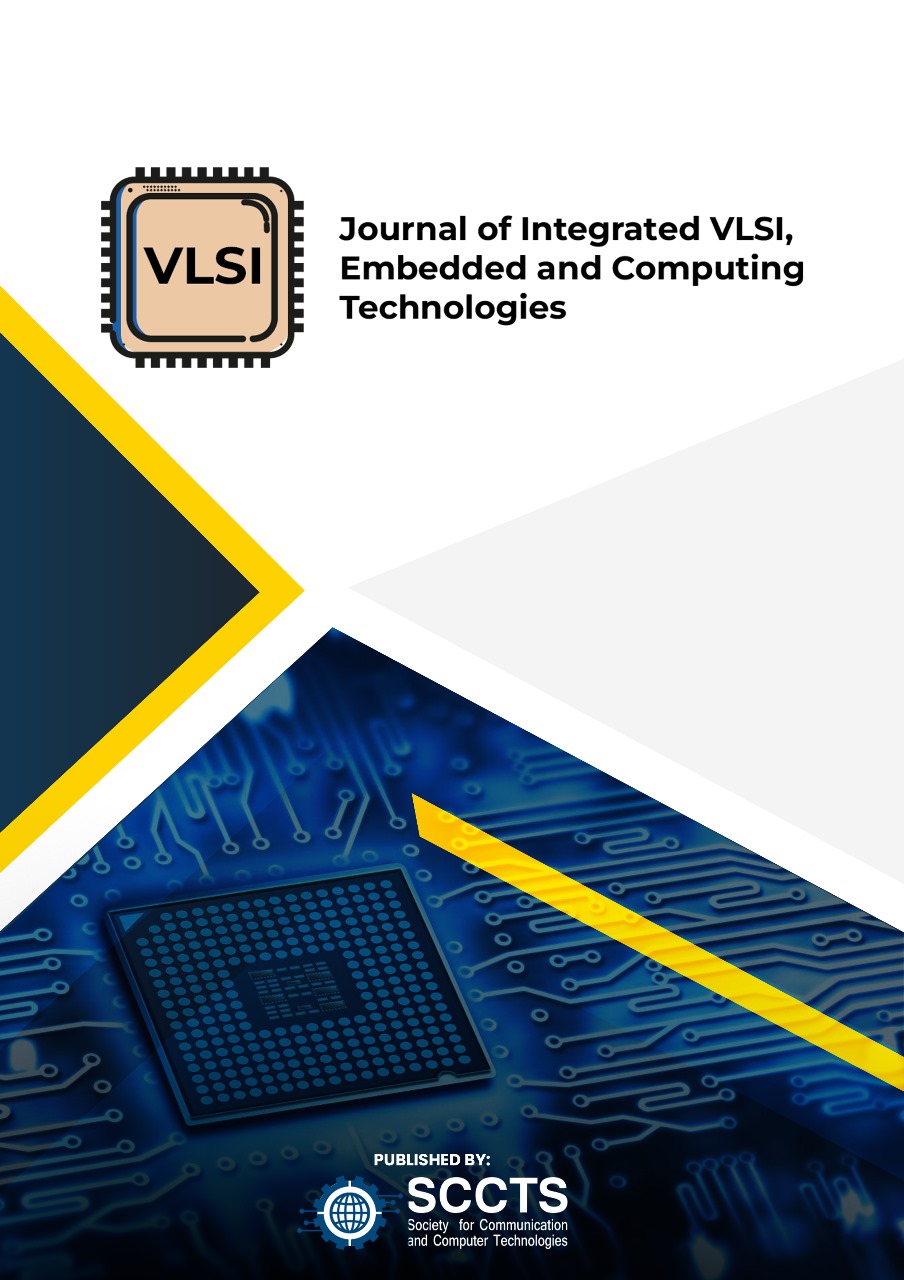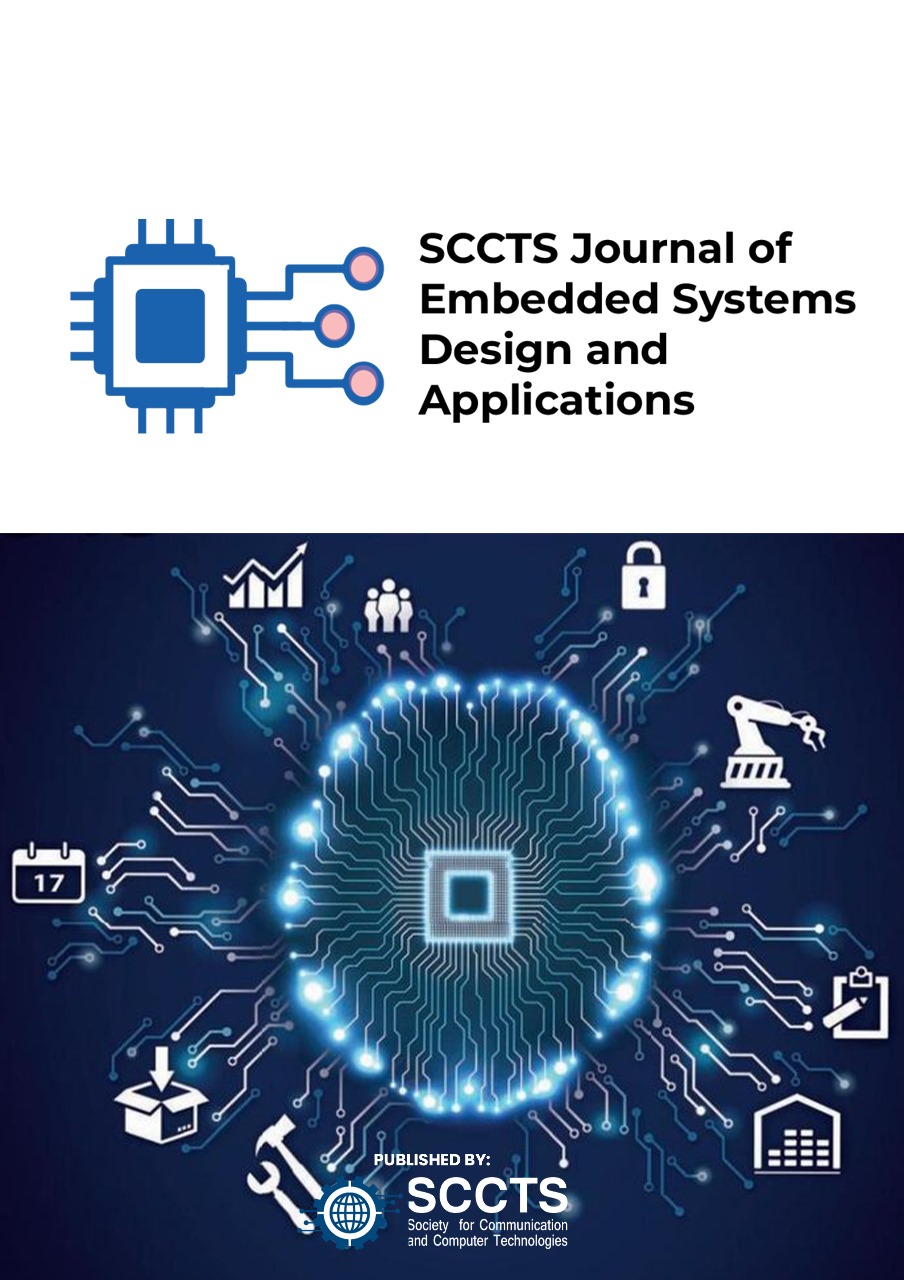Spiking Neural Network-Based Neuromorphic Signal Processing for Real-Time Audio Event Detection in Low-Power Embedded Smart Sensors
DOI:
https://doi.org/10.31838/ECE/03.02.05Keywords:
Spiking Neural Network, Neuromorphic Computing, Audio Event Detection, Low-Power Sensing, Embedded AI, Edge Intelligence, Real-Time Signal ProcessingAbstract
The following paper presents the design of a spiking neural network (SNN) based neuromorphic signal processing system that can be used in low power embedded smart sensors to perform real time detection of audio events. In this regard, the aim is to overcome the shortcomings of traditional deep learning frameworks that are both computationally heavy and demanding in terms of power consumption such that they are incompatible with battery-run or energy-limited edge devices. Citing the performance of biological neural systems, the presented framework should utilize event-driven SNNs executed on neuromorphic platforms to identify notable acoustic situations (like alarms, speech commands and ambient environmental sounds). The architecture envisages audio preprocessing part, audio spike encoding, and spike temporally contrast encoding or Poisson encoding, and a multi-layer core SNN trained by surrogate gradient descent. The model is tuned to run on an Intel Loihi and ARM Cortex-M7 microcontroller. The standard datasets were used to assess the performance, such as Google Speech Commands, ESC-10 and UrbanSound8K. Using the experimental results, it can be proven that the SNN-based model has up to 92.7% correct classification accuracy, using < 5mW power with a latency below 20 milliseconds. SNN approach is equivalent in accuracy to conventional CNN baselines in many cases with much lower energy consumption. Results confirm the prospect of SNNs at ultra-low-power, real-time signal processing in future generation edge-AI acoustic systems. The research directions will look at hardware-aware training and learning that can be used to improve on adaptability and scalability of embedded smart sensing systems.

















